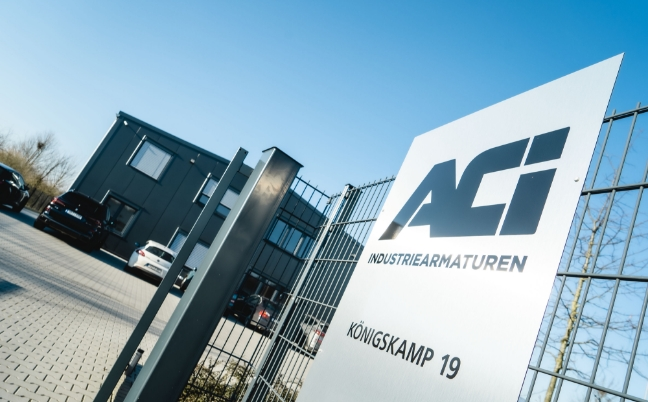Precise process monitoring through innovative sight glass fittings
Your certified partner for safe and precise process observation.
Developed to the highest standards since 2008 – when quality and reliability matter most.


Highest quality for your systems – with ACI Industriearmaturen, you’ll always find what you need.
ACI Industriearmaturen GmbH has stood for German engineering in process observation since 2008. As a certified manufacturer according to the Pressure Equipment Directive 2014/68/EU and DIN EN ISO 9001:2015, we specialize in the development and production of vessel sight glass and flow sight glass fittings. From the chemical industry to energy supply – our tailored solutions ensure the highest quality and safety for your demanding applications. Benefit from our expertise and comprehensive service.
Customized complete solutions for your process plants - your requirements drive us. As a manufacturer, we not only develop and produce first-class valves for process observation, but also provide well-thought-out complete solutions for your plant. Our manufacturing expertise includes sight glasses, flow indicators, and dirt separators. Furthermore, we supply shut-off and control valves, check valves, as well as high-quality sealing systems. In addition, we manufacture fittings and flanges in custom designs and threaded connections to the highest quality standards. For maximum flexibility in your application, we integrate pneumatic, electric, and hydraulic drive solutions into our systems.
Quality is not an option but our standard: We manufacture all components exclusively from certified premium materials that have been specifically developed for pressure-retaining systems. This uncompromising quality strategy, combined with our certifications according to the Pressure equipment directive 2014/68/EU and DIN EN ISO 9001:2015, guarantees you the highest operational safety - even under the most demanding conditions. Let us find the optimal solution for your application together.
Satisfied customers of ACI Industriearmaturen
Product Finder
Discover our range of high-quality fittings for precise process observation. Find certified quality products for your specific requirements.
Our Customers
Success through quality – That's what our customers say
Expert Knowledge
Dive into our extensive collection of technical articles, application examples, and technical guides. From material selection to maintenance – here you will find the concentrated know-how of our experts for your daily practice. Discover our expertise now:
About us
Since 2008, ACI Industriearmaturen GmbH has been synonymous with customized solutions in process monitoring. As a certified manufacturer, we combine German engineering with personal service.

Have a project in mind?
Speak with our specialists!
Take advantage of our free professional consultation. Our team of experts in Jülich is happy to assist you during business hours.
Require now




































































